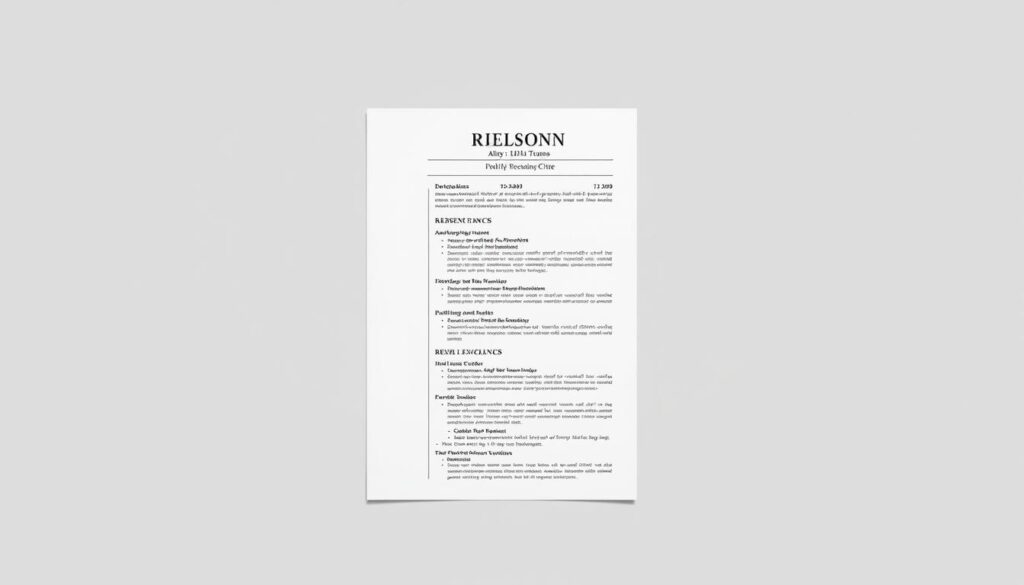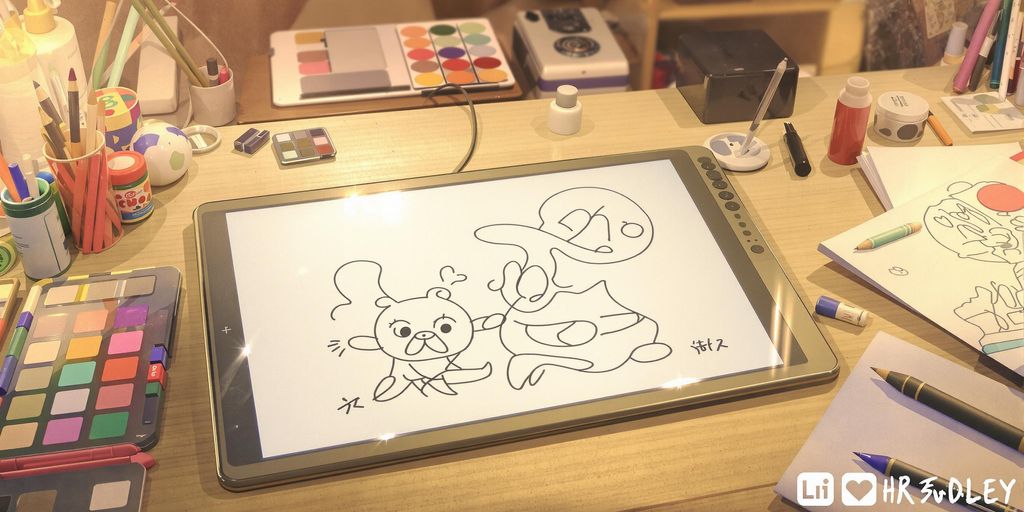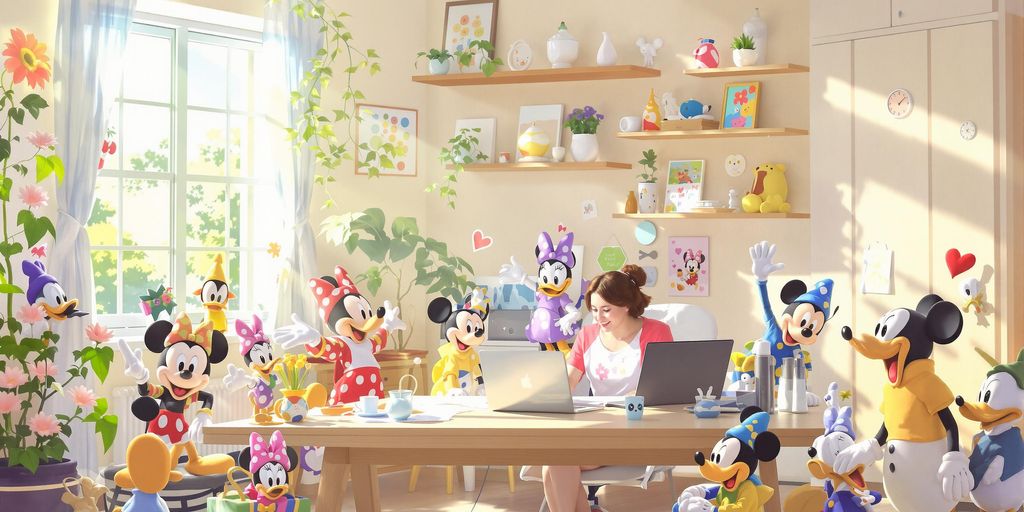What if your dream job at a top design-tech company isn’t about what you know, but how you present it? With over 5 million users and clients like Apple and Microsoft, this Y Combinator-backed platform now drives modern product development workflows. Standing out here requires more than just skills—it demands precision.
You’ll need to showcase expertise in design systems, developer collaboration, and cross-functional problem-solving. Tools like RoboApply’s AI resume builder help translate your experience into ATS-friendly formats, while its interview coach prepares you for role-specific scenarios. For technical roles, see how analytical resume strategies apply here too.
RoboApply simplifies the process with automated job tracking and tailored outreach. Its grammar checker and ATS optimizer ensure your application aligns with what hiring teams prioritize—proven impact, not just buzzwords.
Key Takeaways
- Zeplin’s evolution into a design delivery leader creates roles blending creativity with technical execution
- Highlight experience in design-to-code workflows and cross-team collaboration
- Use AI tools to format resumes for applicant tracking systems (ATS)
- Demonstrate understanding of developer handoff challenges
- Leverage automated job search features to stay ahead in competitive markets
Understanding the Zeplin Job Market in 2025
Modern product teams face tighter deadlines and more complex workflows than ever. Platforms that unify design and development processes now dominate hiring priorities. Here’s what you need to know:
Emerging Trends in Tech and Design Teams
Centralized design systems now drive 73% of hiring decisions for collaborative roles. Companies seek professionals who can manage reusable components across teams while maintaining brand consistency. Tools like Zeplin streamline this by documenting design decisions alongside code-ready assets.
Remote work has made visual collaboration non-negotiable. Teams using design delivery platforms ship products 40% faster, according to recent data. Your resume should highlight experience with cross-functional workflows and tools like Jira or VS Code.
Insights into Zeplin's Role in Product Workspaces
Design-to-code translation skills separate candidates in competitive markets. One hiring manager notes: “We prioritize applicants who understand how components become functional code – it’s the new baseline.”
Platforms like Zeplin create demand for hybrid roles. For example, industrial design roles now require knowledge of stakeholder approval processes and version control. Use RoboApply’s AI builder to showcase these technical nuances without cluttering your resume.
Key areas to emphasize:
- Component library management
- Design documentation standards
- Integration with developer tools
Optimizing Your Resume and ATS with RoboApply
Landing roles at innovative tech companies requires more than qualifications – it demands precision-tailored application materials. RoboApply’s tools transform your experience into ATS-friendly formats while maintaining human readability.

Build Targeted Resumes in 3 Steps
RoboApply’s AI Resume Builder analyzes job descriptions to prioritize skills like component library management and design-to-code workflows. For example:
- Input: “Managed UI components for SaaS products”
- AI Output: “Streamlined design system components across 8 product teams, reducing developer handoff time by 35%”
The best job application tool automatically incorporates keywords like “design documentation” and “cross-functional collaboration” while maintaining natural language flow.
Double-Check Technical Accuracy
RoboApply’s Grammar Checker + ATS Optimizer combo ensures:
- Zero spelling/formatting errors
- Proper keyword density (1.5-2%) for terms like “code review”
- Clear section headers (Skills → Design System Implementation)
It flags complex jargon like “facilitated synergistic paradigm shifts,” suggesting plainer alternatives: “Led team alignment on component reuse strategies.”
Streamlining Your Application Process for Zeplin
Competitive design-tech roles demand tools that work smarter than manual methods. RoboApply’s integrated features help you maintain momentum while applying to fast-moving opportunities.
Utilizing the Auto-Apply Chrome Extension and Job Tracker
- Auto-Apply Chrome Extension: Apply to multiple roles in one click while keeping applications personalized. The tool adapts your resume header and skills section for each position, ensuring alignment with specific design system requirements.
- Real-Time Job Tracker: Monitor application statuses across Zeplin and other companies. Get alerts for interview requests or follow-up actions through a centralized dashboard.
- Outreach CRM: Build connections with hiring teams using templated messages that feel authentic. One user secured 3 interviews by messaging designers directly: “RoboApply helped me reference their public designs naturally.”
- Interview Coach: Practice role-specific scenarios like explaining component libraries or resolving workspace conflicts. The AI analyzes your responses using data from 12,000+ design-tech interviews.
Track application metrics to identify what works. Candidates using RoboApply’s analytics see 68% faster response times when applying through leading job search engines.
Automation ensures consistency without sacrificing quality. The system updates your portfolio links and design samples across all applications, saving 4-6 hours weekly.
Conclusion
Securing roles at leading design-tech firms requires merging industry expertise with smart application tactics. Here’s your action plan:
1. Showcase Platform Mastery: Highlight hands-on experience with design delivery tools and cross-team workflows. Use RoboApply’s AI builder to transform technical skills into ATS-friendly achievements like “reduced component handoff time by 30%.”
2. Automate Precision: Maintain consistent quality across applications with automated job tracking and personalized outreach. The system updates portfolio links globally, saving hours weekly – critical when applying through strategic job search approaches.
3. Target Core Competencies: Emphasize design system implementation and developer collaboration. RoboApply’s optimizer ensures proper keyword placement for terms like “code review” without sacrificing readability.
4. Scale Applications Confidently: Use auto-apply features to pursue multiple roles while tailoring materials to each position. Track response rates to refine your strategy, as shown in resume optimization guides for other technical fields.
5. Master Interviews: Prepare for scenario-based questions about component libraries or workspace conflicts using AI-powered mock sessions. RoboApply’s platform analyzes responses against 12,000+ successful design-tech interviews.
With these tools, you’ll transform from qualified candidate to standout applicant – ready to thrive in collaborative tech environments.
FAQ
How do I tailor my resume for Zeplin’s technical roles?
Focus on showcasing expertise in design systems, component libraries, and cross-functional teams collaboration. Use RoboApply’s AI builder to highlight tools like Figma or Adobe XD and quantify achievements in product workspace optimization.
What ATS keywords work best for design-focused tech jobs?
Include terms like “UI/UX prototyping”, “design-to-code workflows”, and “component-driven development”. RoboApply’s ATS Optimizer identifies trending keywords for roles involving code integration and product team alignment.
Can RoboApply automate applications for multiple positions?
Yes. The Auto-Apply Chrome Extension submits tailored resumes and cover letters across job boards while the Job Tracker monitors progress. This ensures consistency for roles requiring design consistency or workspace management skills.
How important are design portfolios for Zeplin-related jobs?
Critical. Include case studies demonstrating component reuse, team handoff processes, and version control in product development. Use RoboApply’s portfolio review tool to align projects with job descriptions.
Does grammar optimization impact ATS success rates?
Absolutely. RoboApply’s Grammar Checker eliminates errors while maintaining industry-specific terminology for design systems and code documentation, ensuring clarity for hiring managers and algorithms.


















